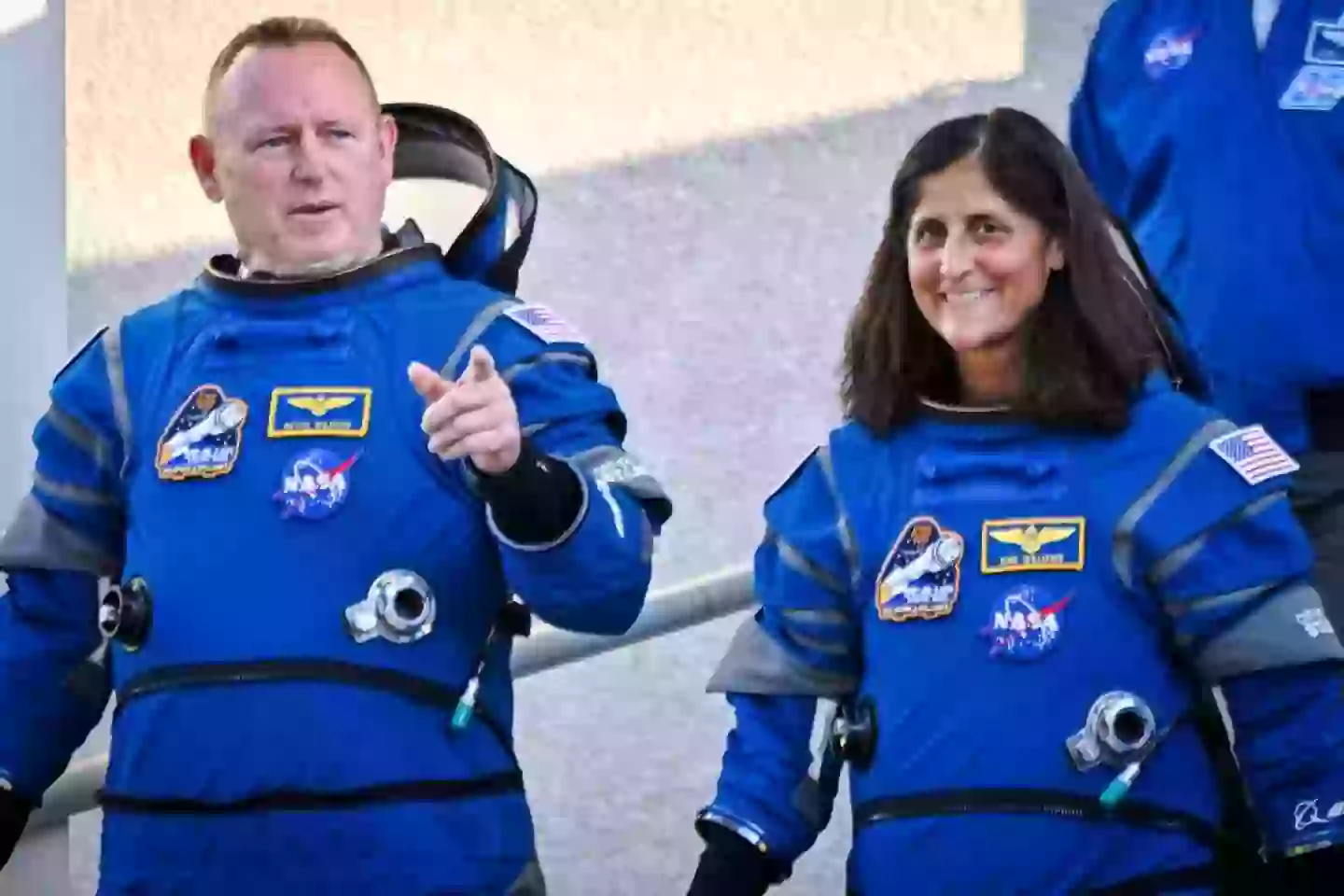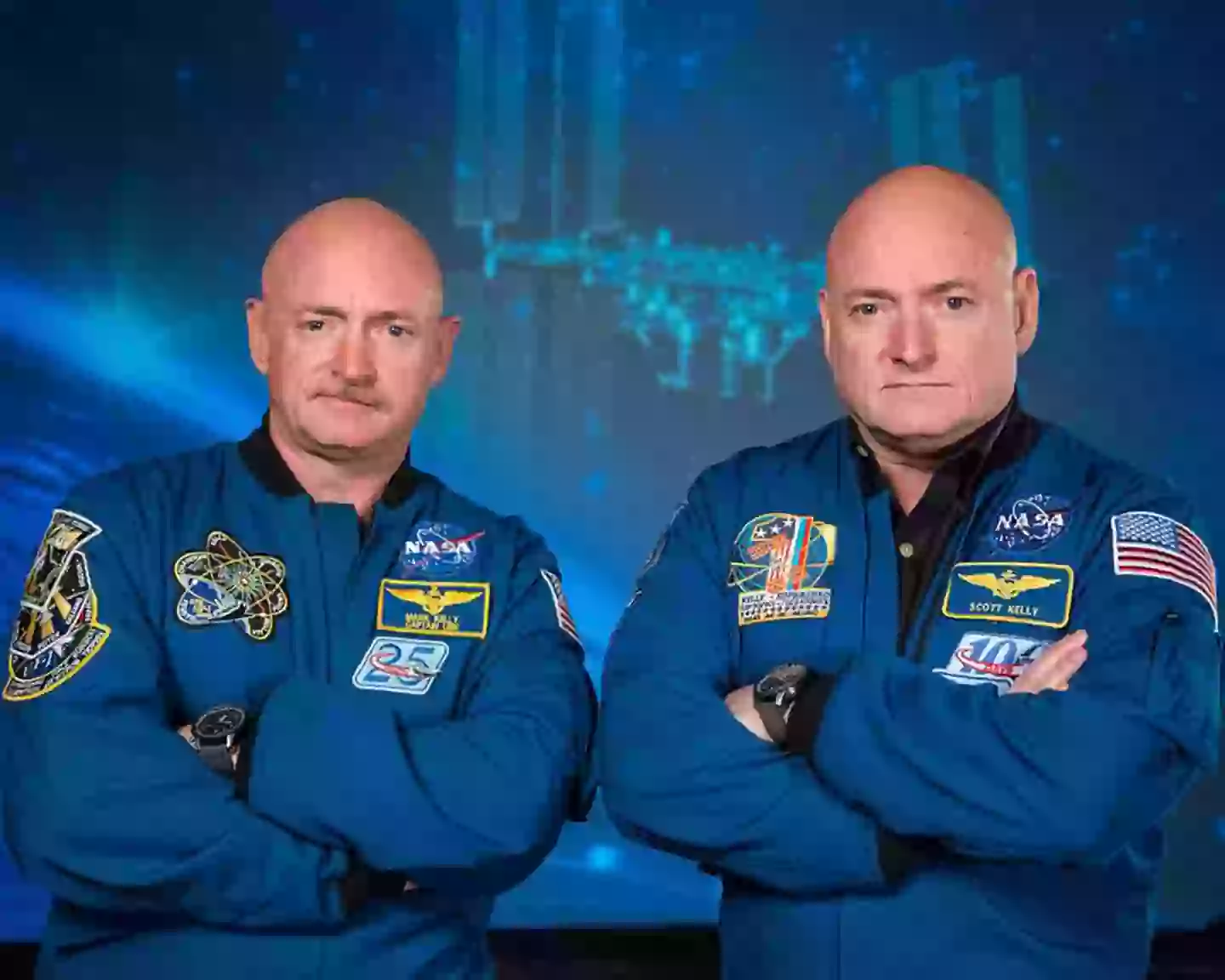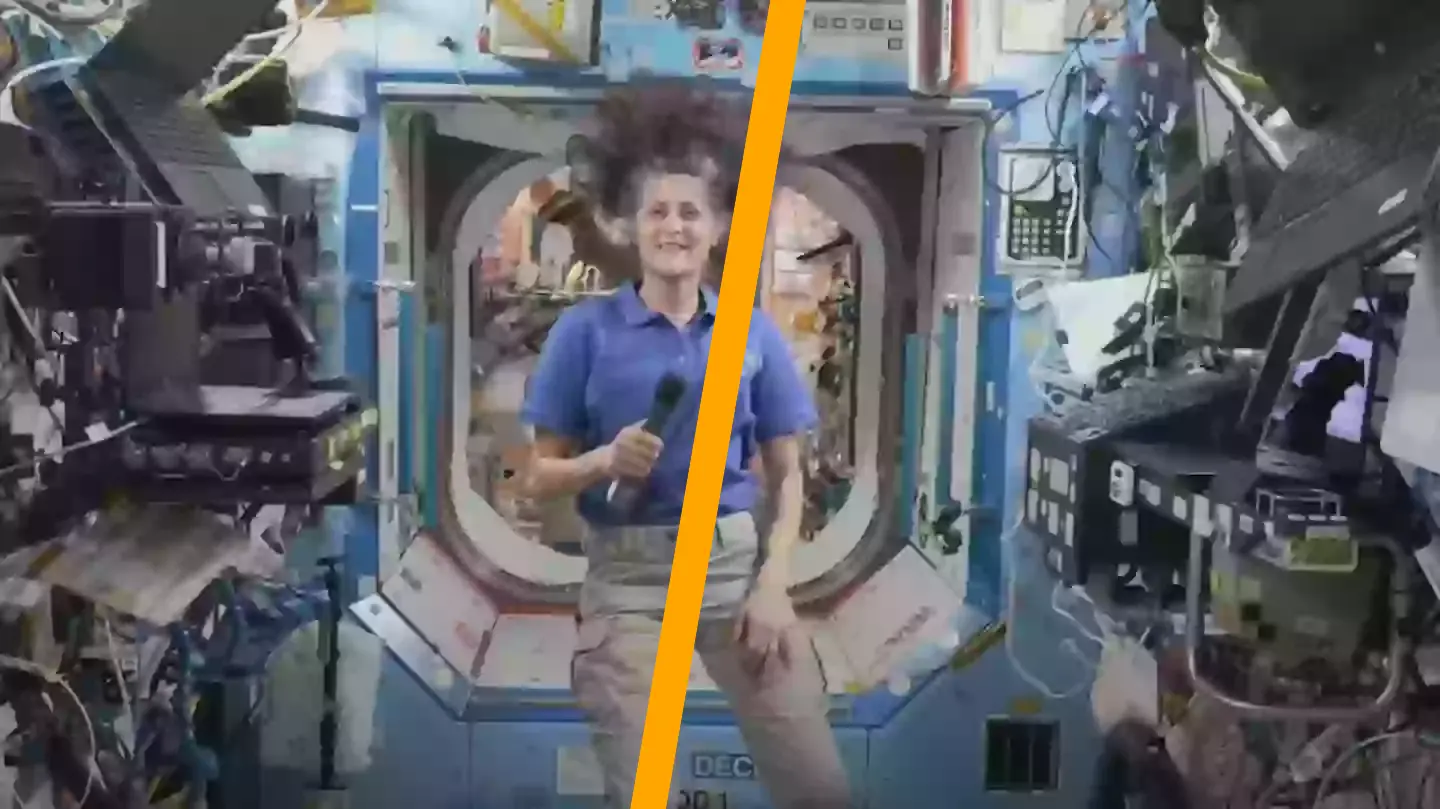Imagine embarking on an eight-day work expedition that unexpectedly extends into several months. This is precisely the predicament that Sunita Williams and Barry Wilmore find themselves in, but with a unique twist—their extended “work trip” is taking place in space.
On June 5, 2024, Williams and Wilmore were launched from Cape Canaveral, Florida, aboard a Boeing Starliner spacecraft. This mission was a landmark as it marked the Starliner’s first crewed journey to the International Space Station (ISS) and was intended to last only eight days.
However, unforeseen technical difficulties with the Starliner rendered it unsafe for both Wilmore and Williams to return to Earth as scheduled. Consequently, they have remained stranded aboard the ISS.
The task of safely bringing the duo back to Earth has fallen to Elon Musk’s company, SpaceX. After several delays, it has been confirmed that Williams and Wilmore will finally commence their journey back to Earth on March 12 via a SpaceX Dragon capsule. This return date is two weeks earlier than initially predicted, as reported by USA Today.
Extended durations in space can have significant impacts on the human body, according to the Baylor College of Medicine.

From reductions in bone density and muscle mass to decreased blood volume, orthostatic tolerance, and aerobic capacity, prolonged space travel can lead to numerous adverse effects.
Space radiation presents another significant concern, with potential consequences including radiation sickness, central nervous system effects, and degenerative diseases, alongside an increased lifetime cancer risk.
A study previously conducted with identical twins Scott and Mark Kelly saw Scott spend nearly a year in space, while Mark remained on Earth. Upon Scott’s return, comparisons were made to evaluate the effects of space travel on him.
Following his return to Earth, Scott experienced heightened sensitivity and a rash for approximately six days, as reported by BBC News. Similar symptoms may be experienced by Williams and Wilmore upon their return.
Furthermore, the Kelly twins’ study revealed that Scott’s DNA was altered during his time in space.

The telomeres, which are the protective ends of chromosomes, in Scott’s DNA were found to lengthen significantly during his space mission. However, they rapidly shortened upon his return to Earth. Shortening of telomeres is associated with accelerated aging and an increased risk of several diseases.
While telomeres naturally shorten with age, “astronauts in general had many more short telomeres after spaceflight than they did before [space travel],” explained Susan Bailey, a professor of environmental and radiological health at Colorado State University, who was involved in the research on the Kelly twins.

